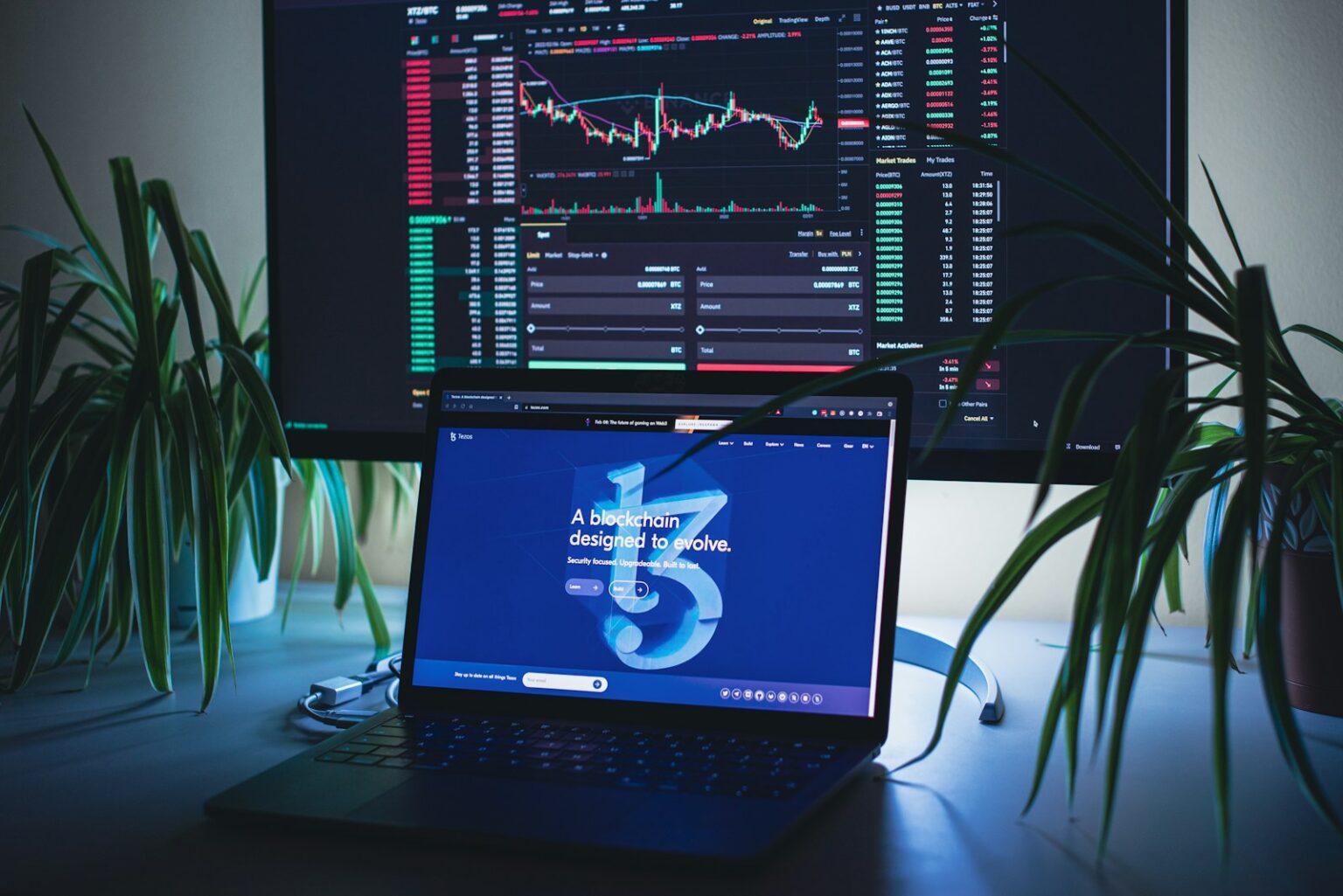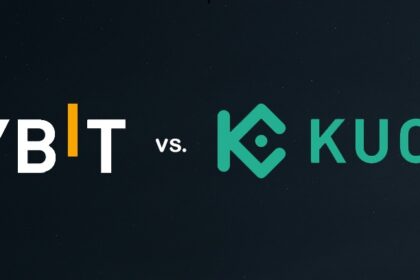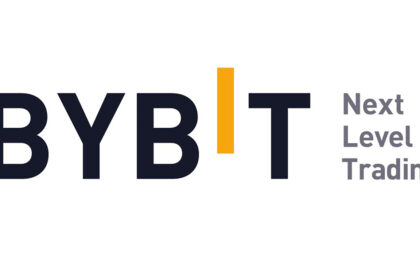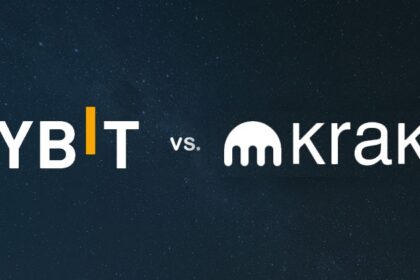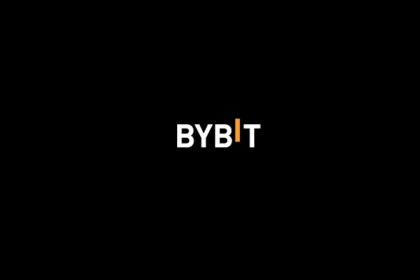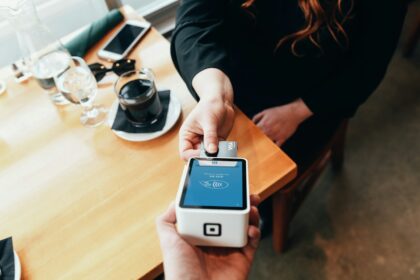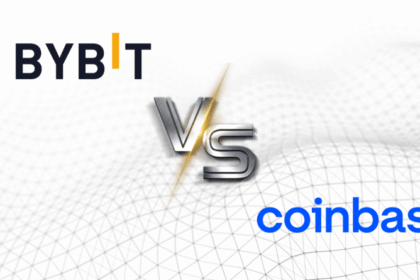Welcome to the advanced world of cryptocurrency trading. You may already be familiar with spot trading. That is when you buy a coin like Bitcoin and hope its price goes up. It is simple and effective.
However, there is a much more powerful and complex method: crypto futures trading. This type of trading allows you to speculate on the price direction of a cryptocurrency. You can potentially profit whether the price goes up or down. It also introduces a powerful tool called leverage, which can magnify both your profits and your losses.
Because futures trading involves high stakes and complex tools, your choice of exchange, or broker, is the single most important decision you will make. A bad broker can cost you money through high fees, poor security, or a slow trading engine. A good one provides the tools you need to trade safely and effectively.
This guide will break down everything you need to know. We will explain what futures are, what to look for in an exchange, and why it is critical to choose from the best crypto futures brokers available. Let’s begin this deep dive.
Chapter 1: What are crypto futures? (A quick refresher)
Before we can compare brokers, you must understand the product they are offering. What exactly is a crypto futures contract?
The basic concept
In simple terms, a futures contract is an agreement to buy or sell an asset (like Bitcoin) at a predetermined price on a specific date in the future. It is a way to bet on the future price of an asset without actually owning it.
In the crypto world, most traders use something even more popular: Perpetual Futures (or Perpetual Swaps). These are special because they do not have an expiry date. You can hold your bet (your “position”) for as long as you want, whether it is for five minutes or five months.
Long vs. short
With futures, you can profit from any market direction:
- Going Long: If you believe the price of Bitcoin will go up, you “buy” a long contract.
- Going Short: If you believe the price of Bitcoin will go down, you “sell” a short contract.
This flexibility is one of the main attractions of futures trading. You are not just stuck hoping for a “bull market.”
Spot trading vs. futures trading
Here is a simple table comparing regular (spot) trading with futures trading.
| Feature | Spot Trading | Futures Trading |
|---|---|---|
| Ownership | You buy and own the actual cryptocurrency. You can withdraw it. | You own a contract. You are just betting on the price. You do not own the coin. |
| Profit Potential | You only profit if the price goes up. | You can profit if the price goes up (long) or goes down (short). |
| Leverage | Generally, no leverage. $100 buys you $100 of crypto. | High leverage is available (e.g., 5x, 20x, 100x). This magnifies profits and losses. |
| The Big Risk | The price of your asset drops to zero. | Liquidation. A small price move against you can wipe out your entire investment. |
The power and peril of leverage
Leverage is the main feature of futures. It means you can open a large position with a small amount of money (called “margin”).
Example: With 10x leverage, you can use $100 of your money to control a $1,000 position.
- The Good: If the price moves 5% in your favor, your $1,000 position makes $50. You just made a 50% profit on your $100 investment.
- The Bad (Liquidation): If the price moves 10% against you (a 10% move on 10x leverage is a 100% loss), your $1,000 position loses $100. The exchange will forcibly close your trade, and you lose your entire $100 investment.
This is why your broker matters. A good broker provides a stable platform, clear liquidation warnings, and risk management tools to help you avoid this. This is a key feature of the best crypto futures brokers.
Chapter 2: The core criteria for choosing a broker
Now you know the basics. What separates a great broker from a terrible one? Here are the eight critical factors you must check before you deposit any money.
Criterion 1: Security and trust
This is number one. If the exchange gets hacked, your trading strategy does not matter. Look for:
- Proof of Reserves (PoR): The broker publicly proves they hold all customer funds 1:1.
- Cold Storage: The vast majority of user funds are kept offline, safe from hackers.
- Two-Factor Authentication (2FA): A basic security feature you must use.
- Insurance Fund: A “rainy day” fund to cover losses from liquidations that happen too fast. A large insurance fund is a sign of a healthy exchange.
Never trade on an exchange that feels insecure or has a bad reputation.
Criterion 2: Liquidity and trading volume
Liquidity is a measure of how easy it is to buy or sell at a stable price. An exchange with high liquidity has thousands of buyers and sellers at all times.
- Why it matters: High liquidity means low slippage. “Slippage” is when you try to buy at $60,000, but by the time your order is filled, the price is $60,050. You got a worse price.
- How to check: Look at the 24-hour trading volume. Higher is always better. The best crypto futures brokers have billions in daily volume.
Criterion 3: Fees (Taker, maker, and funding rates)
Fees will eat into your profits. You need to understand three types:
- Maker Fee: You are a “maker” if you place a limit order (e.g., “I want to buy at $60,000”) that is not filled immediately. You are *making* liquidity for the exchange. These fees are very low, sometimes even zero or negative (you get paid a rebate).
- Taker Fee: You are a “taker” if you place a market order (e.g., “Buy now!”). You are *taking* liquidity off the books. This fee is always higher than the maker fee.
- Funding Rate: This is a fee paid between traders every 8 hours to keep the futures price in line with the spot price. It is not a fee the exchange keeps, but it *will* affect your profit and loss if you hold a position for a long time.
Look for a broker with low, competitive maker and taker fees. A 0.01% vs 0.05% difference adds up very quickly.
Criterion 4: Leverage and margin options
How much flexibility does the broker offer?
- Leverage: Does it offer a range? While you should not use 100x, it is good to have options.
- Margin Modes: Does it offer Isolated Margin and Cross Margin?
- Isolated Margin: The risk is isolated to one trade. If your $100 trade gets liquidated, you only lose $100. The rest of your account is safe. This is best for beginners.
- Cross Margin: This uses your *entire account balance* as collateral for all your trades. It can prevent liquidation on one trade, but it risks liquidating your entire account. This is for advanced users only.
A good broker provides both modes clearly.
Criterion 5: Trading platform and tools
The user interface (UI) and trading engine are your cockpit.
- Reliability: Does the exchange freeze or “overload” during big market moves? This is a massive red flag. A lagging engine can cost you a fortune.
- Ease of Use: Is the interface clean? Can you easily find the “Stop-Loss” (SL) and “Take-Profit” (TP) options?
- Advanced Orders: A good broker lets you set SL and TP orders *before* you even enter the trade.
- Mobile App: Is the app fully functional? You will need to manage your trades on the go.
Criterion 6: Asset selection
What can you actually trade? Some brokers only offer Bitcoin and Ethereum. Others offer hundreds of “altcoin” futures. If you want to trade more than just the basics, you will need a broker with a wide selection of contracts.
Criterion 7: Customer support
When something goes wrong with a trade at 3 AM, you need help. Look for brokers that offer 24/7 live chat support. Email-only support that takes 48 hours is not acceptable in a 24/7 market.
Criterion 8: Regulatory compliance and availability
Is the exchange allowed to operate in your country? Due to regulations, many top-tier exchanges have separate versions for different regions (like the EU) or are banned entirely from some countries (like the USA). Always check this first.
Chapter 3: Top recommendation: Bybit
Based on the criteria above, Bybit stands out as a top-tier platform and a strong contender for one of the best crypto futures brokers, especially for serious traders. It was built from the ground up to be a derivatives-first platform.
Bybit’s strengths
- Trading Engine: This is Bybit’s biggest strength. It is incredibly fast and reliable, capable of handling 100,000 transactions per second. It does not freeze during high volatility, which is a key reason many professional traders use it.
- Liquidity: It has excellent, deep liquidity, especially for major pairs like BTC and ETH. This means low slippage and fair pricing.
- User Interface (UI): The platform is clean, intuitive, and powerful. Setting Take-Profit and Stop-Loss is very easy. The mobile app is also excellent and fully featured.
- Security and Support: Bybit maintains a public Proof of Reserves and has 24/7 live chat support that is generally very responsive.
- EU vs. Global: Bybit correctly follows regulations by offering a separate platform (Bybit EU) for users in the European Union, which shows a commitment to compliance.
Ready to start trading futures?
Bybit is a world-class exchange, trusted by millions and known for its high-performance engine. It’s one of the best places to trade crypto futures.
Get a bonus with a referral code
One of the best ways to start on a new exchange is with a referral code. This can give you deposit bonuses, fee discounts, or access to special rewards. This extra capital can be very helpful when you are just starting out.
Bybit Referral Code Bonus
When you sign up, you can use a referral code to get significant rewards, such as a deposit bonus (up to $30,000) or trading fee rebates. This gives you extra capital to start with.
- For Global Users (outside the EU): Use code BYBIT31
- For European Union (EU) Users: Use code BYBIT3K
Using a code is a simple way to get the most value when you create your account.
Trade with confidence
A great platform is your first step. Bybit offers robust security, 24/7 support, and advanced trading tools to help you manage your risk effectively.
Get a bonus when you join Bybit!
Use our referral code when signing up to receive exclusive deposit bonuses and trading fee discounts. Start your journey on a top-tier platform.
Don’t wait! Sign up today.
Join millions of other traders on Bybit. Click the correct link for your region below to get started and claim your sign-up rewards!
Chapter 4: A strong contender: Binance
It is impossible to discuss crypto trading without mentioning Binance. It is the largest cryptocurrency exchange in the world by a massive margin. Its size makes it one of the best crypto futures brokers, particularly for one key reason: selection.
Binance’s strengths
- Unmatched Asset Selection: This is Binance’s killer feature. If a new, popular altcoin exists, Binance Futures will likely list a perpetual contract for it before anyone else. If you want to trade a wide variety of coins, Binance is often the only choice.
- Highest Liquidity: As the world’s biggest exchange, its liquidity is unmatched. The order books are incredibly deep, meaning slippage is minimal, even on very large trades.
- The Ecosystem: When you have a Binance account, you have access to everything: spot, futures, NFTs, launchpads, staking, and more. It is an all-in-one crypto hub.
Potential drawbacks
- Complexity: Because it offers so many products, the interface can be overwhelming for a new user.
- Regulatory Scrutiny: Due to its size, Binance has faced significant regulatory pressure worldwide, leading it to change its services in many countries.
Trade the world on Binance
As the world’s largest exchange, Binance offers the widest selection of crypto futures contracts. If you want to trade it, it’s probably on Binance.
Access the entire crypto ecosystem
Binance is more than a futures platform. It’s your gateway to spot trading, staking, NFTs, and the largest crypto community in the world.
Chapter 5: How to get started (A simple walkthrough)
You have done your research. You have picked a winner from the list of the best crypto futures brokers. Now what? Here is a simple 5-step process to making your first trade.
Step 1: Sign up and secure your account
Create your account using an email and a strong, unique password. During this step, remember to enter your referral code (like BYBIT31 or BYBIT3K) to claim your bonus. Immediately after, set up your Two-Factor Authentication (2FA) for security.
Step 2: Complete “Know Your Customer” (KYC)
All legitimate, regulated brokers require KYC. This usually involves submitting a photo of your government-issued ID (like a driver’s license or passport) and a “selfie” to prove you are who you say you are. This is a standard anti-fraud measure.
Step 3: Fund your account
You can either buy crypto directly on the exchange with a credit card or bank transfer, or you can deposit crypto you already own from another wallet. You will likely deposit a “stablecoin” like USDT, which is used for most trading pairs.
Step 4: Transfer to your futures wallet
Exchanges keep your money in different internal wallets. You will have a “Spot” wallet and a “Futures” (or “Derivatives”) wallet. You must make an internal transfer to move your USDT from your Spot wallet to your Futures wallet. This is instant and free.
Step 5: Place your first, small trade
Now you are ready. Do not go “all-in.” Your first trade should be a test. Follow these settings:
- Select the pair: (e.g., BTC/USDT).
- Choose “Isolated Margin”: This limits your risk to this one trade.
- Set “Leverage”: Be responsible. Start with 3x or 5x maximum.
- Use a “Limit Order” or “Market Order”: (Market is faster).
- Set your size: Use a very small amount (e.g., $10).
- Set your Stop-Loss and Take-Profit: Do this immediately. Decide your exit plan *before* you enter.
- Click “Buy/Long” or “Sell/Short”: Congratulations, you have opened a position.
Now, just watch the trade. See how it works. Do not be obsessed with the profit or loss. Focus on understanding the process.
Chapter 6: Final tips and common pitfalls
Choosing from the best crypto futures brokers is only step one. Step two is trading responsibly. Most new traders fail. They fail not because their broker was bad, but because their psychology and risk management were bad.
The golden rules of risk management
- The 1-2% Rule: Never risk more than 1% or 2% of your *total futures account* on a single trade. If you have $1,000, your maximum loss on one trade (your stop-loss) should be $10 or $20. This is how you survive a losing streak.
- Never Use High Leverage: It is a trap. A 1% market move should not wipe you out. Stick to 3-5x as you learn.
- Never Trade Without a Stop-Loss: This is not optional. It is your seatbelt. It is what separates trading from gambling.
- Avoid “Revenge Trading”: You just had a big loss. You are angry. You open a bigger, riskier trade to “win it back.” This is the fastest way to blow up your account. Walk away.
Conclusion: The final word
Crypto futures are a high-risk, high-reward tool. They are not for everyone. But for those who are willing to learn and be disciplined, they offer incredible flexibility.
Your success, however, starts with your foundation. That foundation is your broker. An exchange with high fees, a lagging engine, or bad security will make it impossible to win.
Do your research. Choose a platform you trust, like the high-performance Bybit or the all-in-one Binance. The best crypto futures brokers give you the tools, but you must bring the discipline. Start small, manage your risk, and never stop learning.
Good luck.
Frequently Asked Questions (FAQ)


